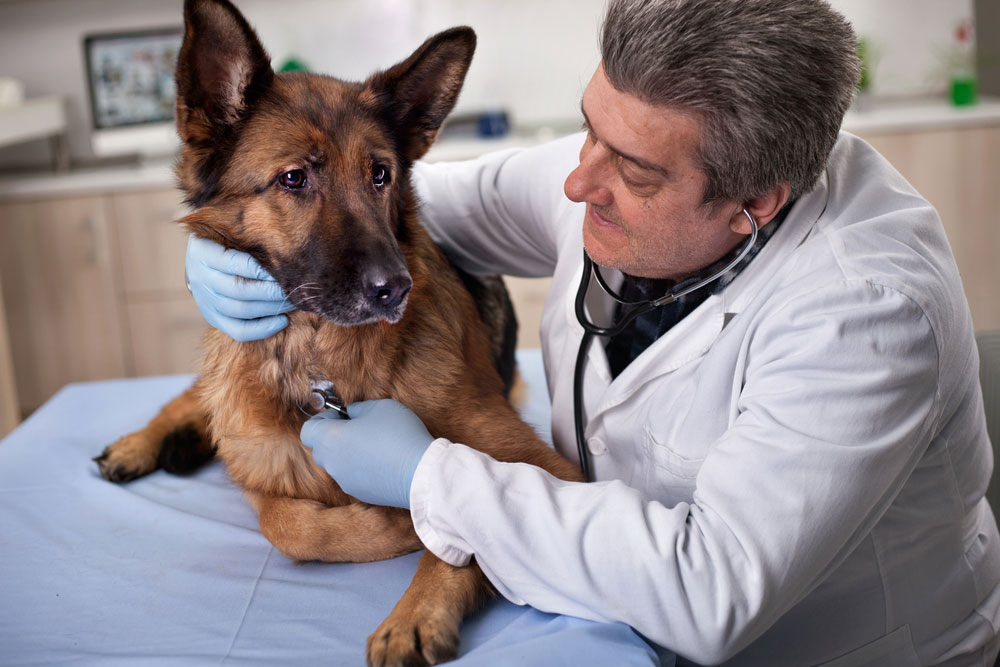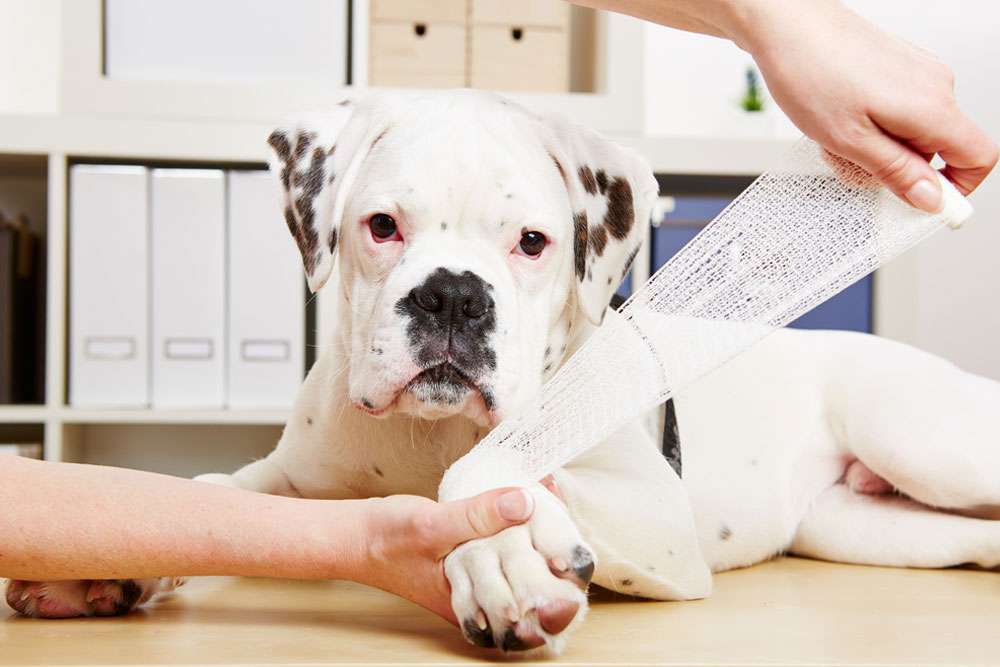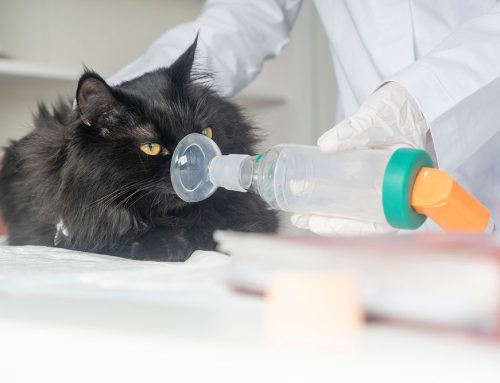Understanding Pet Limping – Insights from West Vets Emergency Veterinary Clinic
Common Causes of Limping in Pets
Limping in pets can result from various causes, each with different levels of severity and required care. These range from minor sprains needing a day or two of rest to more serious conditions such as bone fractures or chronic diseases like arthritis. Understanding these causes is crucial for determining the right course of action.
Other causes include infections, such as Lyme disease, which can lead to joint inflammation and limping. Luxating patellas, especially common in small dog breeds, can cause intermittent limping and discomfort. While some issues are breed-specific, others can affect any pet, making awareness and early detection vital.
Assessing the Severity of Your Pet’s Limping
Recognizing the severity of limping helps determine how quickly you need to act. Limping is categorized into three levels:
- Minor: Limping after a nap or long rest that resolves as your pet starts moving. This could indicate temporary stiffness or a mild sprain. Monitoring and avoiding overexertion often resolves these minor cases.
- Moderate: Persistent limping that affects movement but doesn’t completely stop walking. This may suggest a more significant strain or early signs of a chronic condition, requiring a vet visit for assessment and possibly diagnostic imaging.
- Severe: Refusal to bear weight on a limb, pain when touched, or visible distress. Severe limping often indicates serious conditions like fractures or dislocations, necessitating urgent veterinary care. Immediate attention helps prevent further complications such as improper healing or chronic pain.
For more details on why your pet might be limping, visit the American Kennel Club. For severe limping or signs of distress such as whimpering or withdrawal, seek immediate veterinary care. Learn more about services at West Vets Emergency Veterinary Clinic.
Specific Conditions That Cause Limping in Pets
Traumatic Injuries and Their Impact
Traumatic injuries such as fractures, dislocations, and torn ligaments are common causes of severe limping. These injuries can occur from accidents like falls or abrupt impacts during play. Immediate veterinary intervention is crucial to properly set bones, treat dislocations, or surgically repair torn ligaments. For more information on canine cruciate ligament injuries, visit Colorado State University.
Untreated traumatic injuries can lead to complications such as misaligned healing, increased pain, or arthritis over time. For example, a fracture that heals improperly may cause long-term gait abnormalities and chronic discomfort.
Chronic Conditions Leading to Limping
Conditions like arthritis or hip dysplasia are painful and can cause limping. These conditions often develop over time and can be associated with age or genetic predisposition in some breeds. Managing these conditions effectively often requires a combination of medical treatment and environmental modifications. For an in-depth look at managing hip dysplasia, read Today’s Veterinary Practice.
Chronic conditions such as arthritis lead to joint inflammation and degeneration, causing persistent pain and mobility issues. Without proper management, these conditions can severely affect your pet’s quality of life, leading to decreased activity and potential weight gain, exacerbating the problem.
Diagnosing and Treating Limping at West Vets Emergency Veterinary Clinic
Diagnostic Tools and Techniques
At West Vets Emergency Veterinary Clinic, our state-of-the-art facility is equipped with advanced diagnostic equipment to help us understand the cause of your pet’s limping, including digital radiography, ultrasound, and an on-site laboratory. Advanced blood tests may also be conducted to identify inflammatory markers or infections. Timely diagnosis is crucial to prevent the progression of potential underlying conditions.
Treatment Options for Limping Pets
Treatment may range from simple rest and medication to more complex interventions like surgery or physical therapy, depending on the diagnosis. Anti-inflammatory drugs and pain relievers can be prescribed to manage discomfort, while surgical options might be necessary for severe injuries or conditions. Following the recommended treatment plan is essential for your pet’s recovery.

Prevention Tips and Home Care for Limping Pets
Preventing Common Injuries
Preventing injuries is key to avoiding limping. Regular, appropriate exercise, maintaining a healthy weight, and ensuring your home environment is safe from hazards are effective strategies. Installing ramps or soft mats in areas where your pet frequently jumps or lands can minimize impact stress. Regular veterinary check-ups are also crucial for early detection and management of potential problems.
Home Care Strategies
For managing limping at home, ensure your pet rests adequately, follow your vet’s instructions for medication administration, and monitor recovery closely. Gentle massage and warm compresses can alleviate mild discomfort. If symptoms worsen, reassess with your vet promptly. For further guidance, visit West Vets Emergency Veterinary Clinic.
Frequently Asked Questions About Limping Pets
Q: What should I do if my pet starts limping suddenly?
A: Check for visible injuries or foreign objects in their paws. If the limping persists or worsens, contact your veterinarian immediately.
Q: Can I use over-the-counter pain medication for my pet?
A: Never administer human medication to pets without veterinary guidance, as many can be toxic. Always consult your vet for appropriate treatments.
Q: How can I make my home safer for my pet?
A: Remove clutter, secure rugs to prevent slipping, and ensure that your pet has a stable and comfortable resting area.
Monitoring your pet’s health and understanding when to seek professional help are vital in managing conditions like limping. At West Vets Emergency Veterinary Clinic, we provide exceptional care and support when you and your pet need it most. Prompt attention to limping can significantly improve your pet’s quality of life and overall health.







Leave A Comment